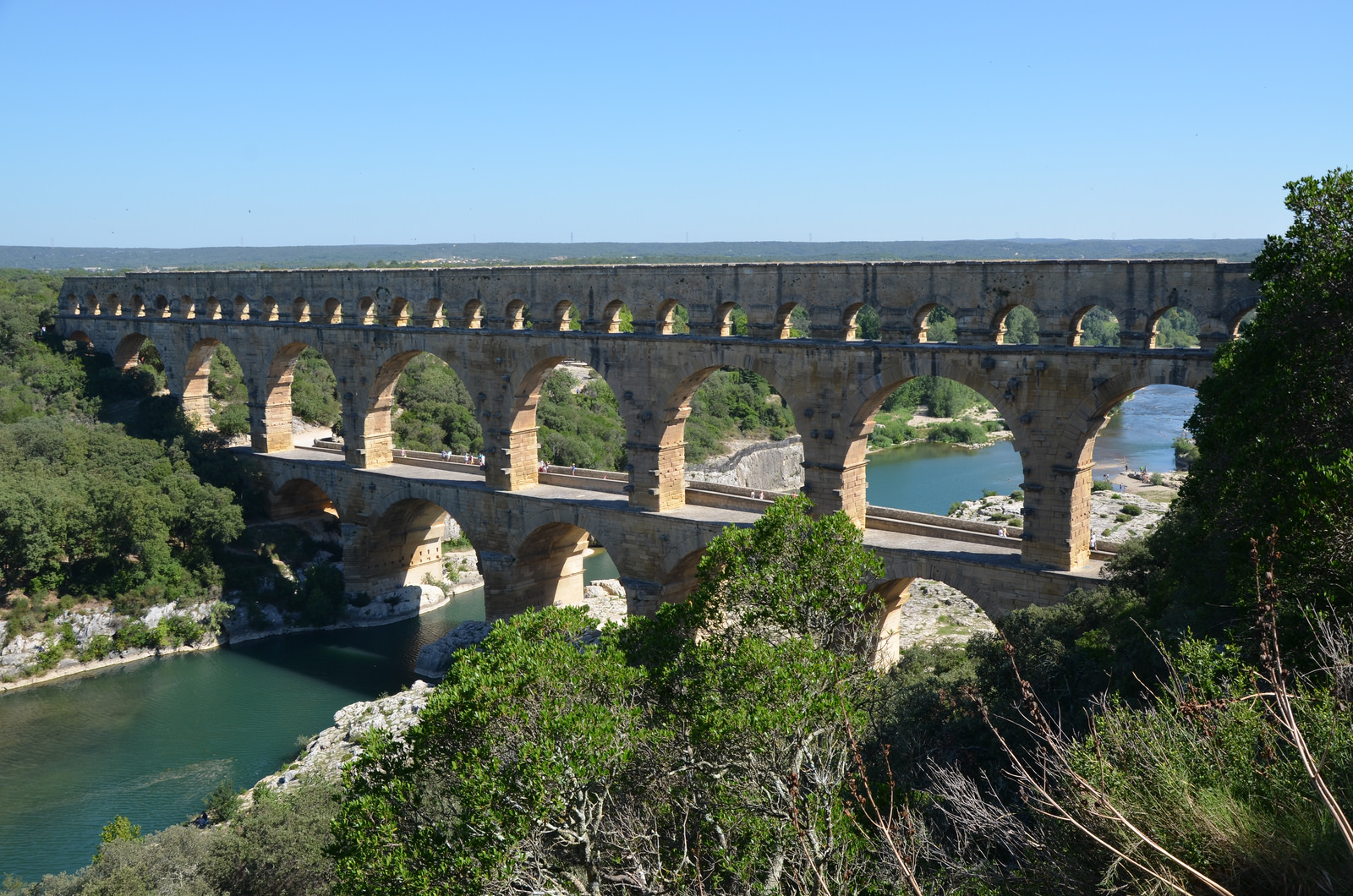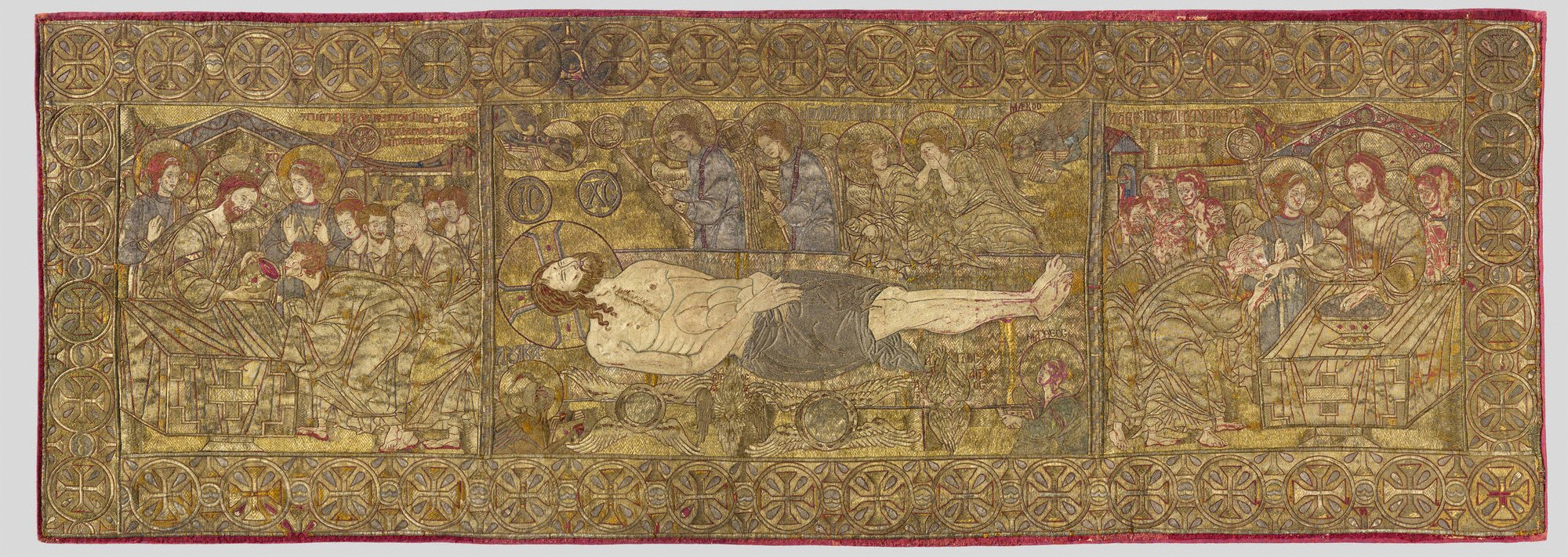Find us in Public Libraries
Our Ancient Greece content is now available in three prestigious public libraries in the United States: the New York Public Library, the Brooklyn Public Library, and the Brimmer and May School Library. Through our publishing partnership with BiblioBoard, our eBook Greece, The Archaic and Classical Periods: An Ancient History Encyclopedia Collection is part of the Archives of the World module of BiblioBoard, a collection of various historical archives, articles, and publications, which is available to libraries across the world. More libraries are set to include our eBook in their catalogue soon. Everybody can get our eBook on the BiblioBoard app (available on iTunes, Google Play, and Kindle Fire), however. Simply download the BiblioBoard app, and search for “Ancient History Encyclopdia”. The eBook costs $7.99.


